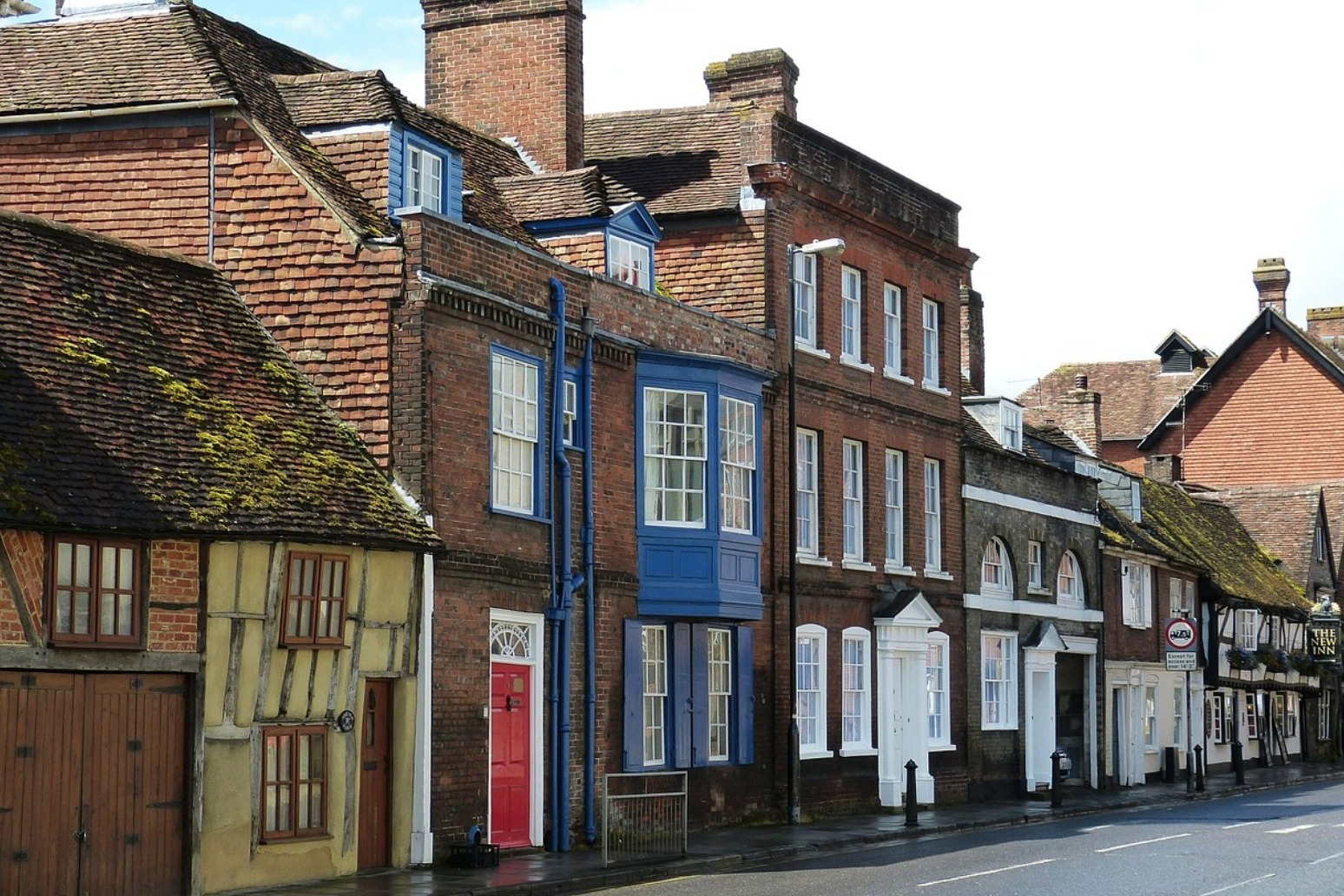
Chemical weapons inspectors agree with Britain's findings in Salisbury
Testing by four laboratories affiliated with a chemical weapons watchdog have confirmed British findings on the nerve agent used in last month's attack in Salisbury.
It took place on a former Russian spy and his daughter.
British Prime Minister Theresa May said on March 12 that Sergei Skripal and his daughter Yulia had been poisoned with a military-grade nerve agent from the Novichok group of poisons, developed by the Soviet Union in the 1970s and '80s.
The Organisation for the Prohibition of Chemical Weapons, which collected its own samples in the city of Salisbury at Britain's request, did not assign blame for the attack - in which Russia has denied involvement - or specifically name the chemical agent.
"The results of analysis by OPCW-designated laboratories of environmental and biomedical samples collected by the OPCW team confirm the findings of the United Kingdom relating to the identity of the toxic chemical that was used in Salisbury and severely injured three people", it said.
A police officer was also taken ill after helping the Skripals.
The results will be discussed at an emergency OPCW session next Wednesday, to be convened at Britain's request.
Testing by the OPCW laboratories also found the substance to be of "a high purity", which supports the British government's assertion that a state was involved.
The laboratory results, which came in on Wednesday night, were to be circulated to OPCW's members on Thursday.
Yulia Skripal, who was released from hospital on Monday, said in a statement she was suffering from the effects of the poisoning, while her father remained seriously ill. She said she was declining an offer of assistance from the Russian embassy.
There are several variants of Novichok, a binary weapon containing two less toxic chemicals that when mixed react to produce a poison several times more lethal than sarin or VX.
Russia’s ambassador to Britain, Alexander Yakovenko, has identified the alleged poison as Novichok A-234, derived from an earlier version known as A-232.
Published: by Radio NewsHub